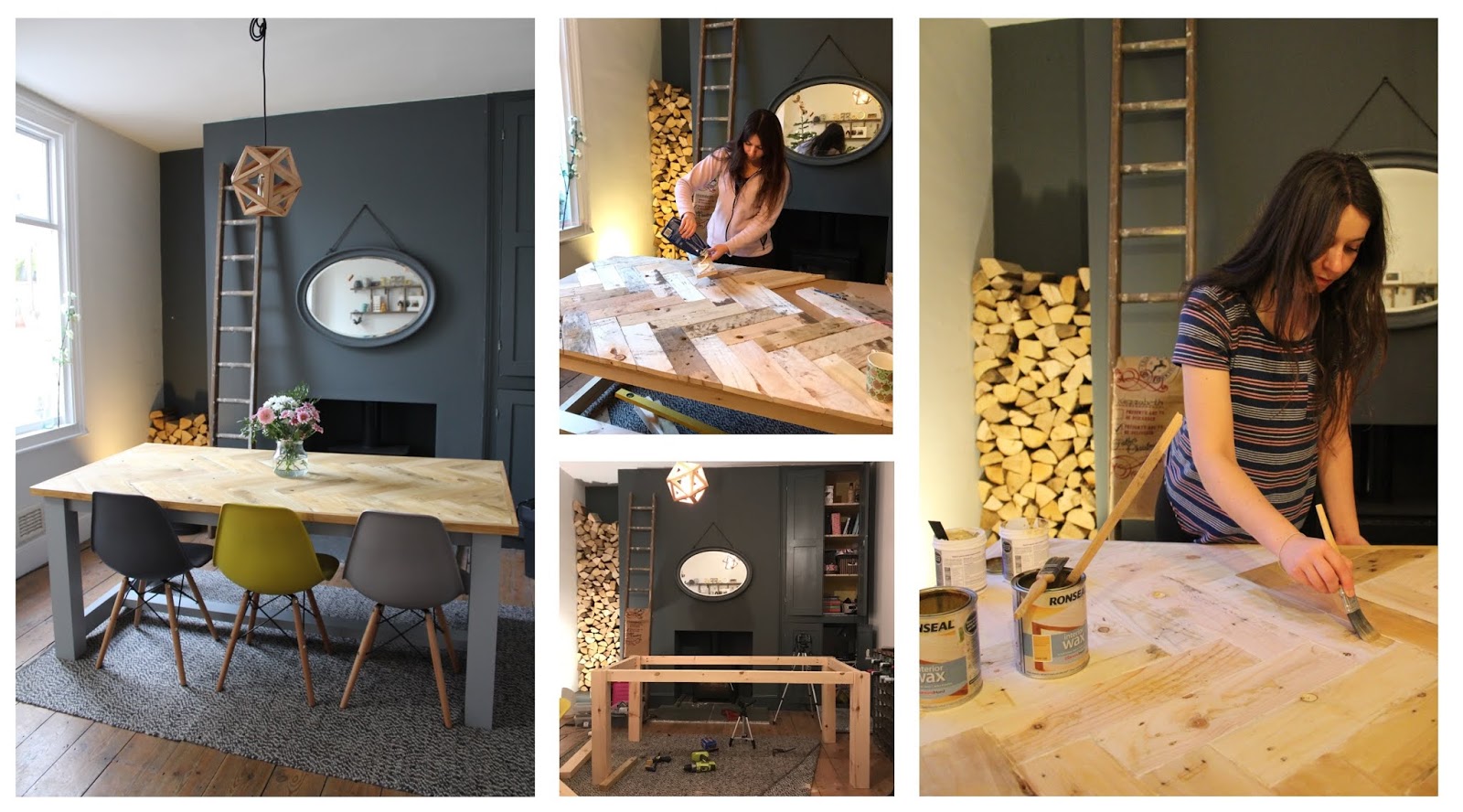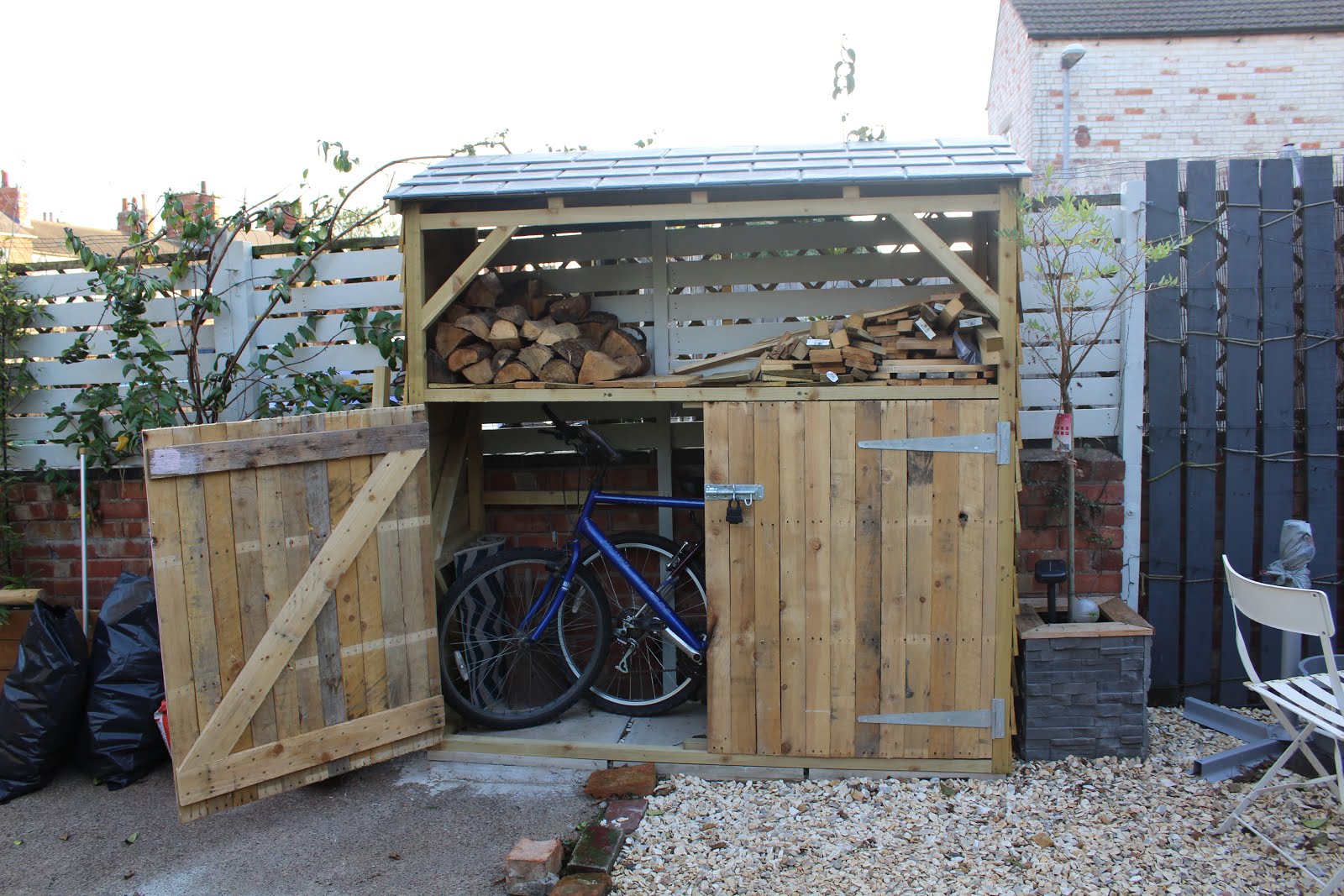I haven’t shared any progress of the dining room for months now. Truth be told, we’ve done loads – but it’s also been a room that’s been piled high with storage for a very very long time. It’s a constant battle; renovating, cleaning and finding homes for the bazillion bits of materials we have leftover. And this room, well – let’s just say, it’s suffered!
Over the last 18 months, this room has undergone some intense work. A lot of dust. A fair few falling bricks, many dirty boots, mucky paws, splashes of paint, filler, plaster, you name it. The floor, which was in good condition, turned into absolute filth! So it still needed a lot of TLC.
I also HIGHLY recommend buying a DIY-hoover that you can attach to the sander. Literally, it will change your life and you’ll have absolutely no dust to clear up. No dusty walls, no dust ingrained into your sofa, no dust in pesky hard to clean cracks, yep – absolutely none! We’ve had ours for years now and I cannot recommend it enough. If you want to read a review about the one we have, you can check that out right here.
Once you’ve got most of the muck off, you can then go over with a finer grit sandpaper. This is pretty essential to remove any sanding marks the coarser one has left behind. If you don’t remove these and stain the floor with a tint, these really do show up and really don’t look great. In fact I would say, this part is the most important!
I’ve heard a lot about the brand Osmo, so I decided to give their products a whirl. They basically offer a unique product that combines Oil and Wax and it also allows the wood to ‘breathe’. It most certainly is not the cheapest on the market, but with everything I’ve heard about it – I just had to give it a go! The reason I didn’t use the same stuff I had used upstairs was because I wanted to keep these boards a bit lighter in colour.
The tin said you could simply apply by brush, so that’s exactly what I did, making sure to really work it into the board and not over-apply – which is never a good thing when it comes to wax.
I will say this – it definitely is not transparent, as you can see! The boards were originally quite light and more yellow-y tones and now they are definitely a darker tinge and look more woody. It’s not drastic or huge, but it just definitely isn’t transparent. Although that being said – I do think the boards still look untreated. The oil is very matt, so it’s not obvious at all that they have a coat over them, they just appear to be a slightly darker wood.
Before
After
In regards to cleaning the boards – because I’m pretty sure I’ll get asked, I use a steam mop on the lightest ‘dust’ setting. I was a little worried the steam mop may end up melting the wax or something horrifying so I certainly haven’t braved it on the max setting, but a very gentle setting of steam mopping seems to do the job fairly well anyway!
Total Costs:
(rounded to the nearest pound)
New Tools Purchased:
Belt Sander £35
Materials Used:
Sanding Sheets £36
Osmo Oil £73


















2 Comments
Your floors are gorgeous and inspiring. Do you remember what grits of sandpaper you used? Thanks!
Thank you! I think I started with 80-grit, then moved to 120-grit to give it a nice finish and remove any fine marks. I may have even used 180-grit after this, it was so long ago now, hard to remember for sure! Hope that helps 🙂